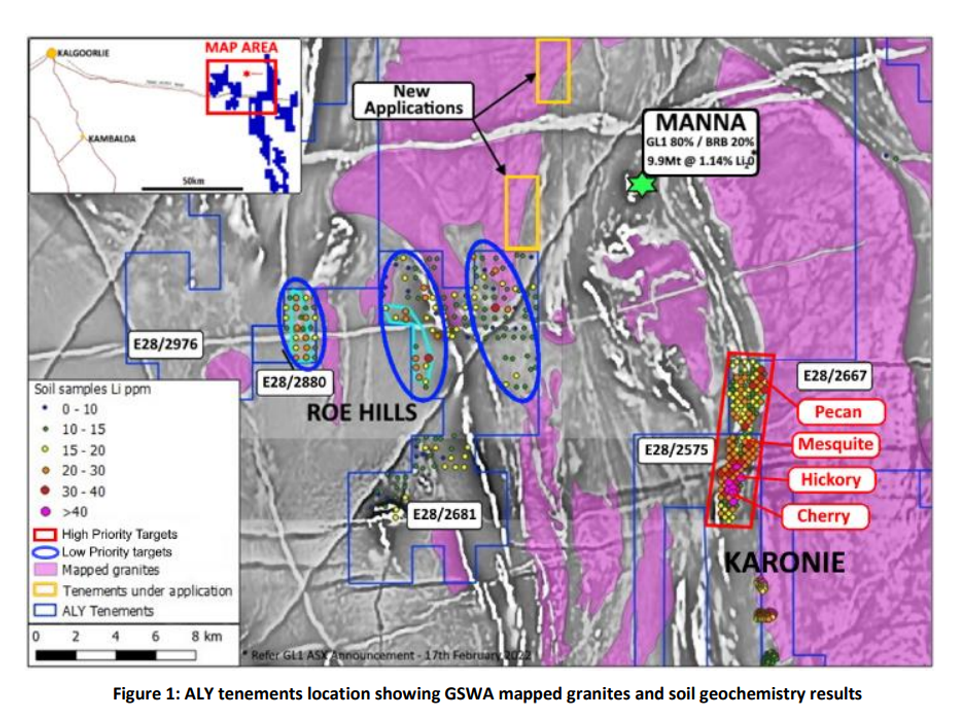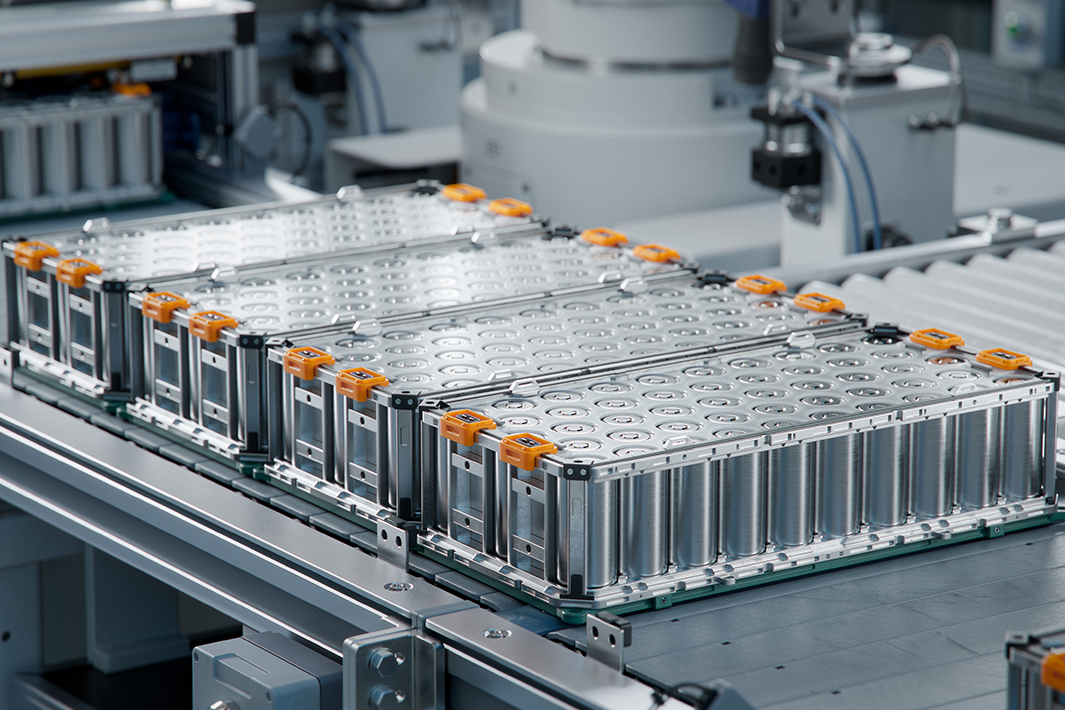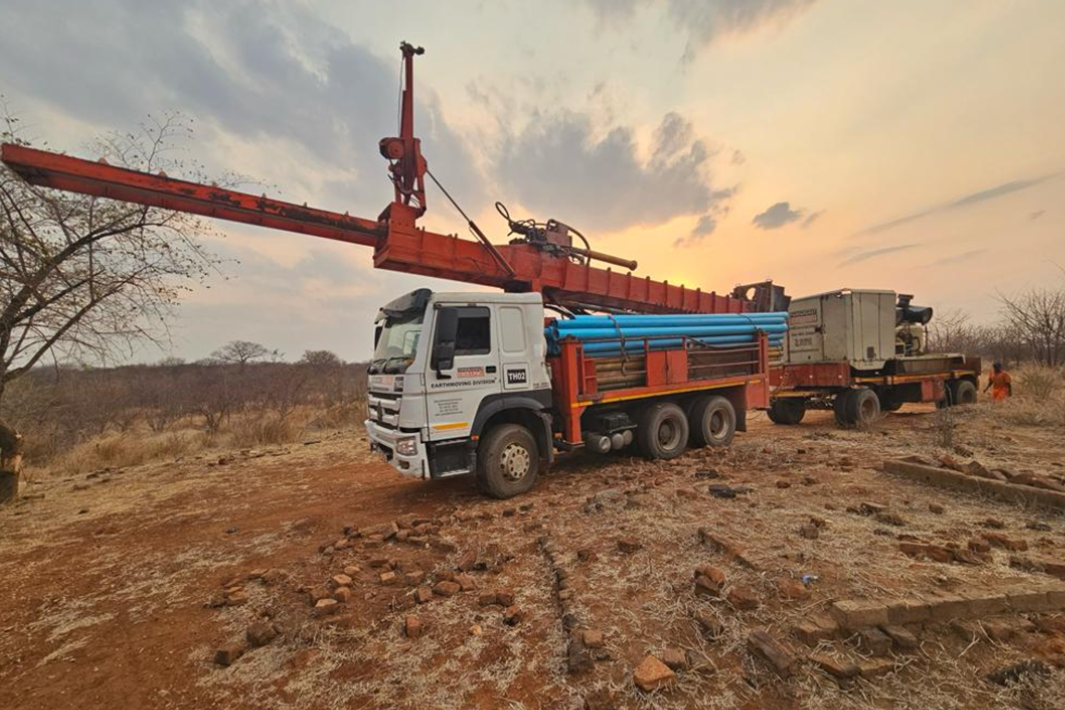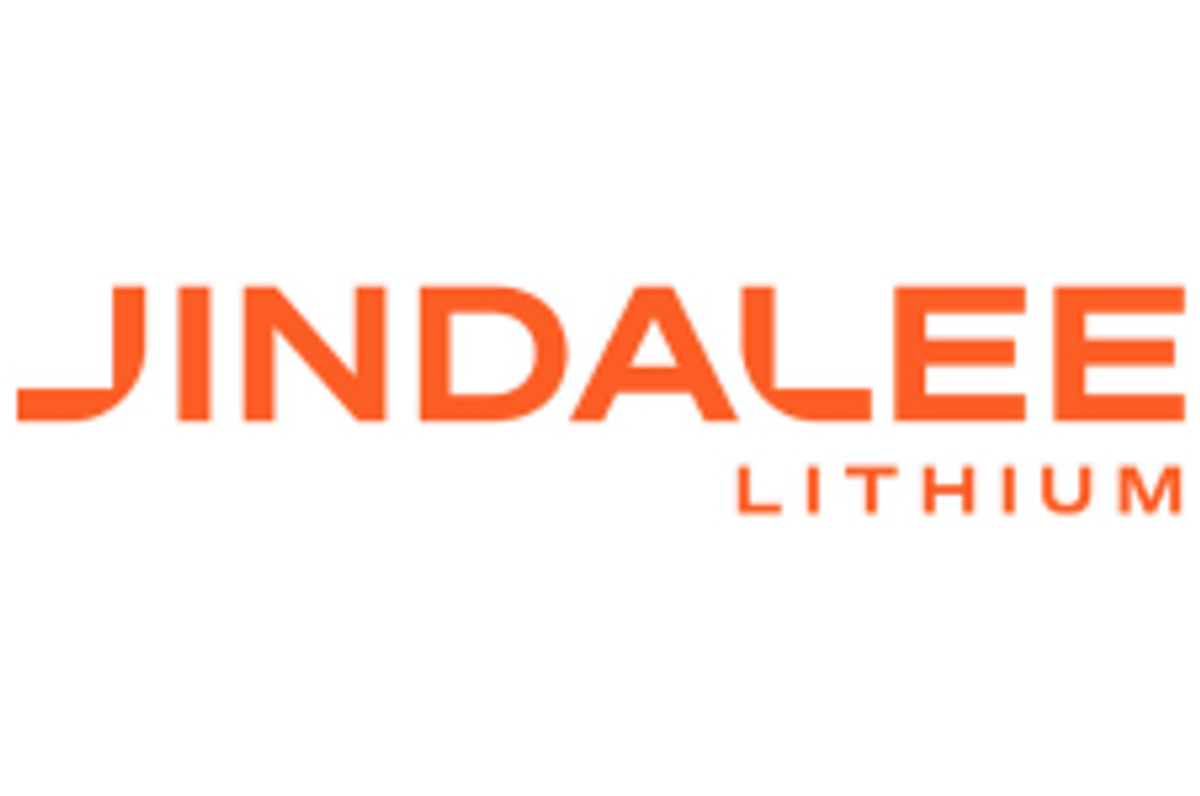
April 21, 2022
Alchemy Resources Limited (ASX: ALY) (“Alchemy” or “the Company”) is pleased to announce it has identified a new coherent lithium and pathfinder elements anomalous corridor at its 100% owned Karonie Gold Project located east of Kalgoorlie in Western Australia. The tenements sit contiguous and 8km along strike of the Manna Lithium Deposit owned by Global Lithium Resources Limited and Breaker Resources NL (ASX: GL1 80%, ASX:BRB 20%).
HIGHLIGHTS
- An in-depth review of multi-element soil and drillhole geochemistry sampling data has highlighted areas of lithium and coincident indicator anomalism at the 100% owned Karonie tenements 110km east of Kalgoorlie.
- The multi-element signatures of these soil anomalies are consistent with possible hard rock lithium mineralisation associated with lithium-caesiumtantalum (LCT) type pegmatites.
- Lithium and pathfinder anomalism defined over an area of 7km x 1km at the new “Pecan, Mesquite, Hickory and Cherry Prospects”.
- New anomalies sit 8km along strike and within contiguous tenure to Global Lithium Resources Limited’s (ASX: GL1) 80% owned Manna Lithium deposit (9.9Mt @ 1.14% Li20 1 ).
- Ground truthing of anomalies has discovered outcropping pegmatites with up to 1km length which were not previously mapped by Geological Survey of WA (GSWA).
- 4 new high priority lithium targets to test over an initial 7km x 1km zone of anomalism.
Chief Executive Officer Mr James Wilson commented: “The lithium and pathfinder anomalism identified by Alchemy’s soil sampling and recent rock chipping in proximity to Manna are an encouraging start. Mapping by our geologists has shown pegmatites in outcrop along strike of Manna which is made more significant by the fact that there’s been no pegmatites mapped in this region before. The geochemical review reaffirms the prospectivity of our large tenement package at Karonie in what has historically only ever seen gold and base metals exploration. Work is continuing to identify the other intrusive dykes in the vicinity through a program of detailed mapping and sampling.”
NEW LITHIUM PROSPECT IDENTIFICATION – CHERRY, HICKORY, MESQUITE AND PECAN
Alchemy conducted multi-element soil sampling at Pecan/Mesquite/Hickory/Cherry on a 400x400m offset grid (Figure 1, RHS) and formed part of a multi-commodity review. The analysis of lithium and pathfinder elements shows a strong pattern of anomalism over 7km long x 1km wide (Figure 2) with the northern zone having increasing levels of surface cover which could have obscured outcrops. Alchemy’s KZ5 deposit2 located in the southern portion and adjacent to Cherry Prospect is a gold deposit which is believed to be VMS hosted mineralisation with significant drilling being undertaken by Alchemy in 2021. The areas of lithium soil anomalism to the east of the KZ5 gold deposit have never been drill-tested.
The areas sit within the prospective “Goldilocks Zone”, a defined corridor in which LCT pegmatite exist. The zone lies outboard of the granitic terrain and within the greenstone belts.
Alchemy geologists have since conducted initial ground truthing of the anomalies which has revealed outcropping pegmatites at Hickory Prospect and was traced over 1km along strike (Figure 3). A second pegmatite outcrop was mapped at Cherry Prospect (Figure 3). Importantly, GSWA mapping had not mapped the pegmatite outcrops recently identified by Alchemy.
Click here for the full ASX Release
This article includes content from Alchemy Resources Limited, licensed for the purpose of publishing on Investing News Australia. This article does not constitute financial product advice. It is your responsibility to perform proper due diligence before acting upon any information provided here. Please refer to our full disclaimer here.
ALY:AU
The Conversation (0)
11 December
Mining the Gap: 5 Forces Shaping North America’s Lithium Supply Chain
A convergence of industry investments, government initiatives and a shifting global trade dynamic is creating an environment ripe for the development of a North American battery supply chain, with lithium playing a leading role. These trends are reshaping the region’s industrial base and opening... Keep Reading...
10 December
Rock Bottom: Strategic Window for Ground-level Lithium Investment
When lithium prices hit bottom, savvy investors know that’s exactly where the next big discovery begins — literally. Beneath the surface of global markets and remote exploration grounds, new opportunities are forming in the wake of a sharp price reset and renewed geopolitical urgency.Recent... Keep Reading...
10 December
Liontown Resources Pens Lithium Offtake Agreement with China's Canmax
Liontown Resources (ASX:LTR,OTC Pink:LINRF) has executed a binding offtake agreement with Chinese conglomerate Canmax Technologies (SZSE:300390) as part of its strategy to diversify its customer base.“Listed on the Shenzhen Stock Exchange, Canmax is one of the world’s leading manufacturers of... Keep Reading...
08 December
Trading Halt
Jindalee Lithium (JLL:AU) has announced Trading HaltDownload the PDF here. Keep Reading...
05 December
Livium Receives A$663k in RsD Tax Incentive Rebates for VSPC
Livium Ltd (ASX: LIT) (“Livium” or the “Company”) advises that it has received A$663,000 in research and development ("R&D") tax incentive rebates from the Australian Tax Office for the 2025 financial year ("FY25"), relating to its wholly owned subsidiary VSPC Pty Limited ("VSPC"). The rebate... Keep Reading...
01 December
Why SQM Says Social Dialogue is Key to Sustainable Lithium
As scrutiny continues to intensify across the battery metals supply chain, the conversation around sustainability has moved far beyond carbon footprints. At this year’s Benchmark Week, Stefan Debruyne, director of external affairs at Sociedad Quimica y Minera de Chile (SQM) (NYSE:SQM), made that... Keep Reading...
Latest News
Interactive Chart
Latest Press Releases
Nevada Sunrise Announces Stock Option Grants
19 December
Related News
TOP STOCKS
American Battery4.030.24
Aion Therapeutic0.10-0.01
Cybin Corp2.140.00






